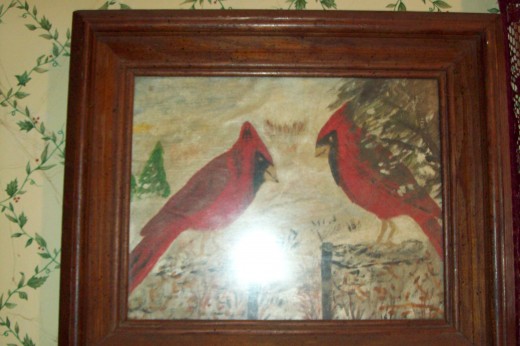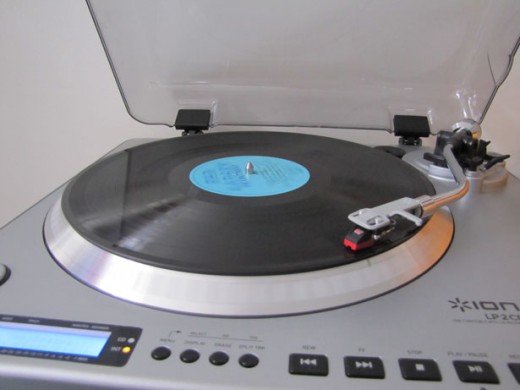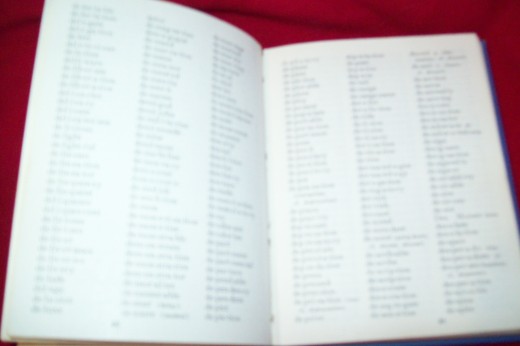Copyright Laws Are For Our Protection and Our Audience

Credit Where Credit is Due
Copyright laws are made to protect the writer, the artist, the photographer, the inventor and even musicians. Infringements often are unintentional, but that does not make it right. Credit where credit is due should be common practice. After all you would not expect your employer to pay someone else for the work you have done or even imply you were not the one who done it. That so goes for anyone else making a living. The difference however in works needing copyright is it’s the kind of thing which is timeless, meaning the efforts put forth once can be paid for over and over again. Royalties go to the person or group responsible for creating it. We all need to pay attention to copyright laws.

United States Copyright Office
Under the fair use doctrine of the U.S. copyright statue using limited portions of another’s work for commentary, criticism, news reporting, scholarly reports and certain quotes are allowed. This very paragraph was gathered from the U.S. Copyright Office’s website. Check out their site at http://www.copyright.gov/ . It’s a good idea to know your rights as well as others. You will find the complete document of the Copyright Law of the United States.
An interesting chapter of interest is Chapter 11. This one states protection of, “unauthorized fixation and trafficking in sound recordings and music video.” The pirates of such things as music and films have completely ignored this section and many an unexpected consumer have been sucked into dealing with frauds they knew nothing about. They make such legit looking copies it can fool even the experts.
Research With Care
Research must be done with care and not one sentence should be copied word for word without stating so and providing its source such as a quote. Infringement no matter how unintentional is still plagiarism. The U.S. Copyright office has a great user friendly website with all the information you may be looking for about copyright laws and your rights as a writer. There is much written on the subject and they have publications of circulars, articles and brochures available to you right on their website. Most are in PDF and easily printed or downloaded to an e-book reader. There is a difference in writing an article or writing a book and the copyright laws are different as well.

Pictures
Pictures are worth a thousand words, or so the old saying goes. What many people don’t understand about pictures is not all are displayed for everyone to use as their own without recognition or permission. Take the pictures used in creating these hub articles for example. It is far safer to use your own images when possible if unsure of the source of the picture you are using. Public domain photos are free to use and most require nothing more than acknowledgment of where you got them. Others may charge a fee for using theirs. It wasn’t until I started writing internet articles myself that I realized how easy it is to infringe on someone else’s copyright and not even notice you did so.

Rights
Another bit of information taken from the U.S. Copyright office is that moral rights for visual artist include certain one-of-a-kind work and are limited editions of only 200 or fewer copies made. The right of attribution ensures the artists are identified with what they create and not identified with what others did.
Paintings belong to the artist who created the picture on canvas or other material. Most, artist will sign their work somewhere in the picture itself. Famous artist works will be in great demand for eternity to be admired by generation after generation. Some of these rare masterpieces will warrant a high price to whoever buys them. Replicates of the image are worthless. We must be careful not to deal with counterfeits.








